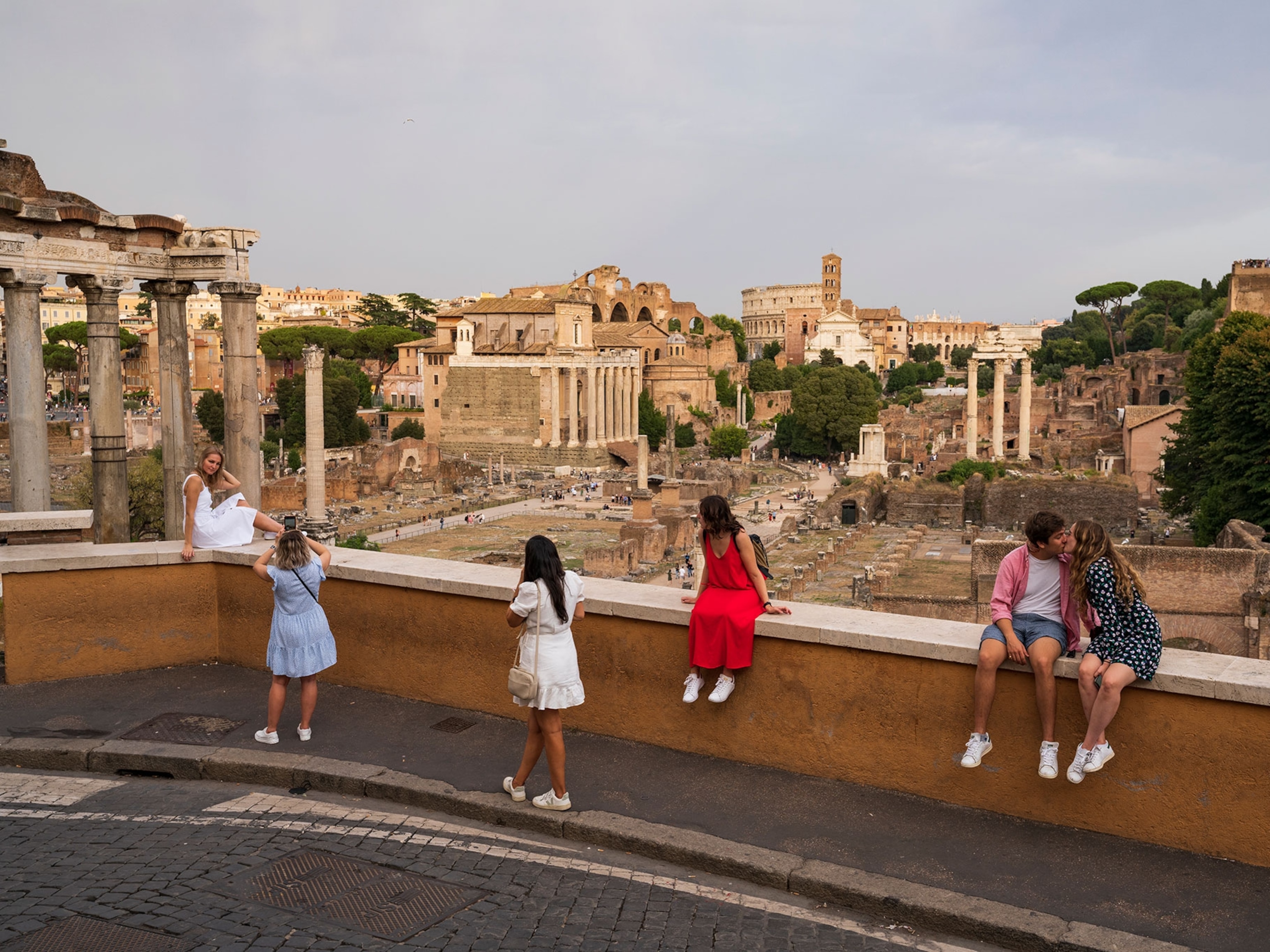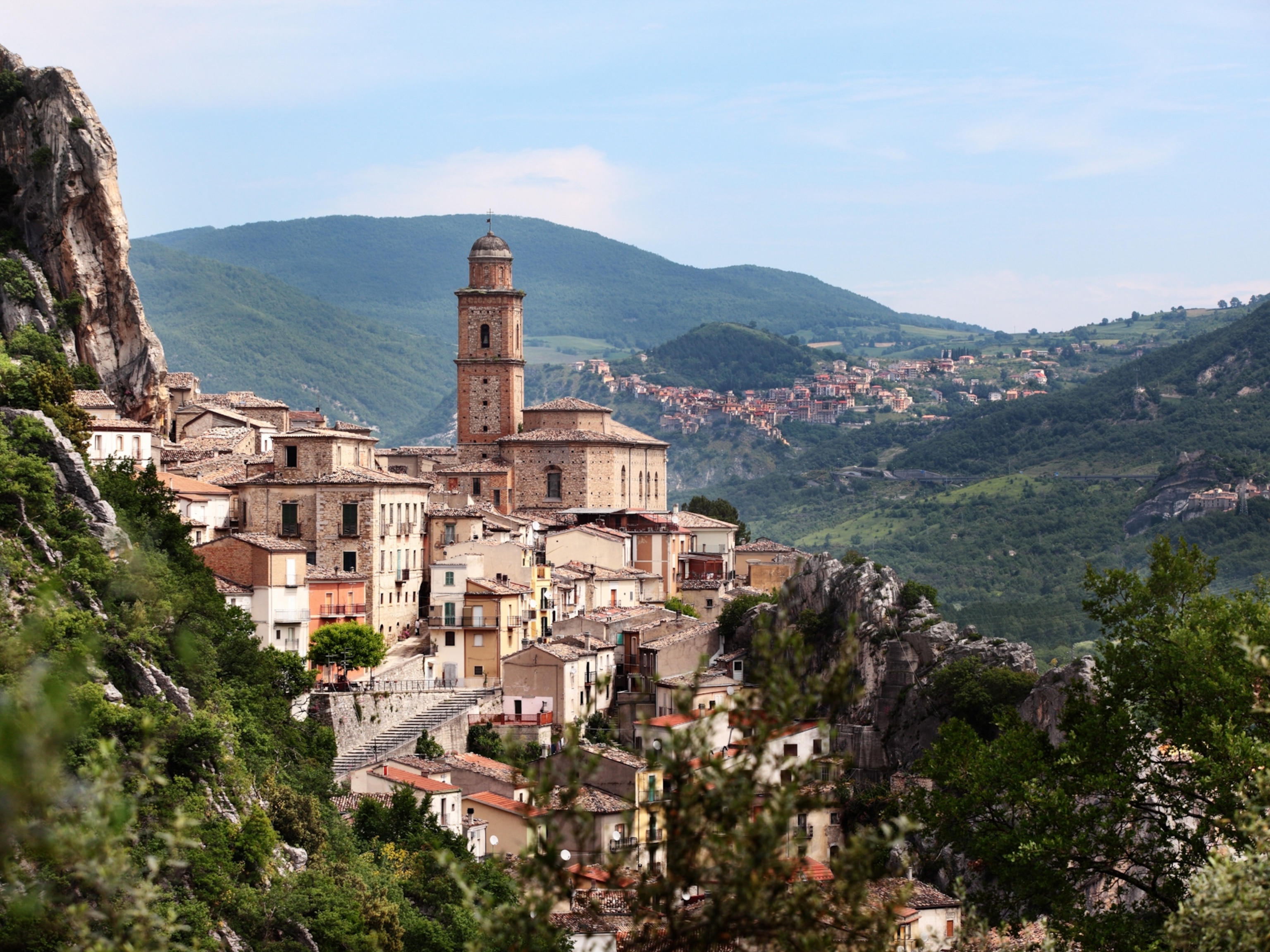9 must-do experiences in Italy's Marche region
Set between dramatic mountains and miles of coastline, this lesser-known region offers stunning scenery, outdoor adventure, food, wine, and history.
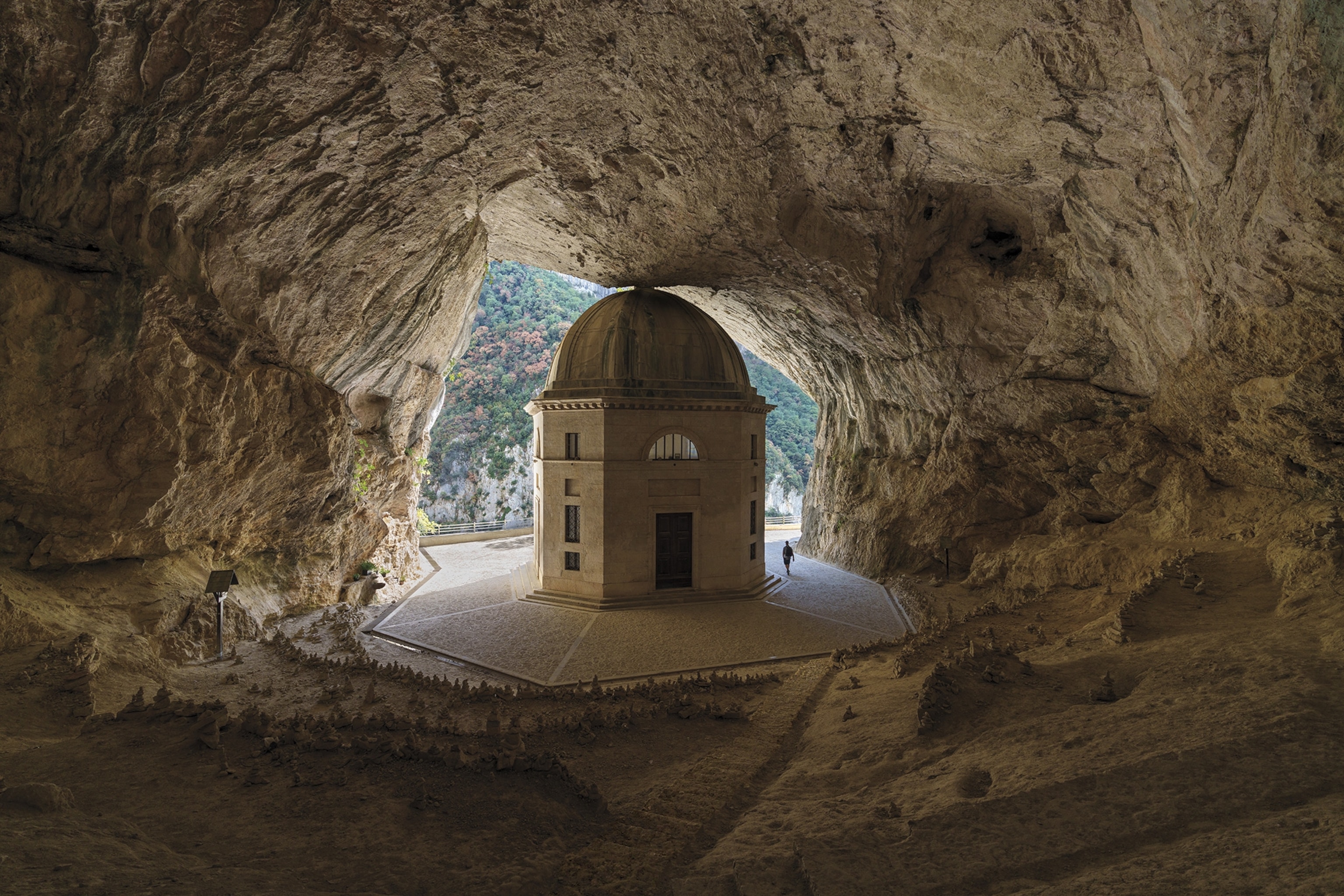
Located in north-central Italy, Marche is the country’s sixth smallest region and home to about 1.5 million people. Even its best-known destinations—Urbino, Ascoli Piceno, Pesaro, Ancona, and the vastly wild Monti Sibillini National Park—aren’t household names for most travelers to Italy.
Yet this underrated region is home to just the types of sights and experiences that people come to Italy for—stunning mountain scenery and bustling beach resorts, hearty regional cuisine and heady wines, important artistic and historical centers, and charming small towns where residents still outnumber tourists.
In short, if Marche isn’t yet on your travel radar, it’s time to expand your options. Here are the top places and experiences in Marche, shared with us by people who know and love the region.
1. Step into the Renaissance in Urbino
Under the patronage of the famous Duke Federico da Montefeltro, Urbino was one of the most important centers of art, literature, architecture, and humanism during the Italian Renaissance. Today, it feels a little sleepy and remote. Still, its incredibly well-preserved historic core is a UNESCO World Heritage Site, and home to the grand Ducal Palace (don’t miss the Duke’s studiolo, a wonder of inlaid wood). The Galleria Nazionale delle Marche is also housed within it, the childhood home of Raphael, and atmospheric streets and piazzas lined with stately brick buildings. You could easily find enough to do here to fill your schedule for a few days.
2. Run wild in Monti Sibillini National Park
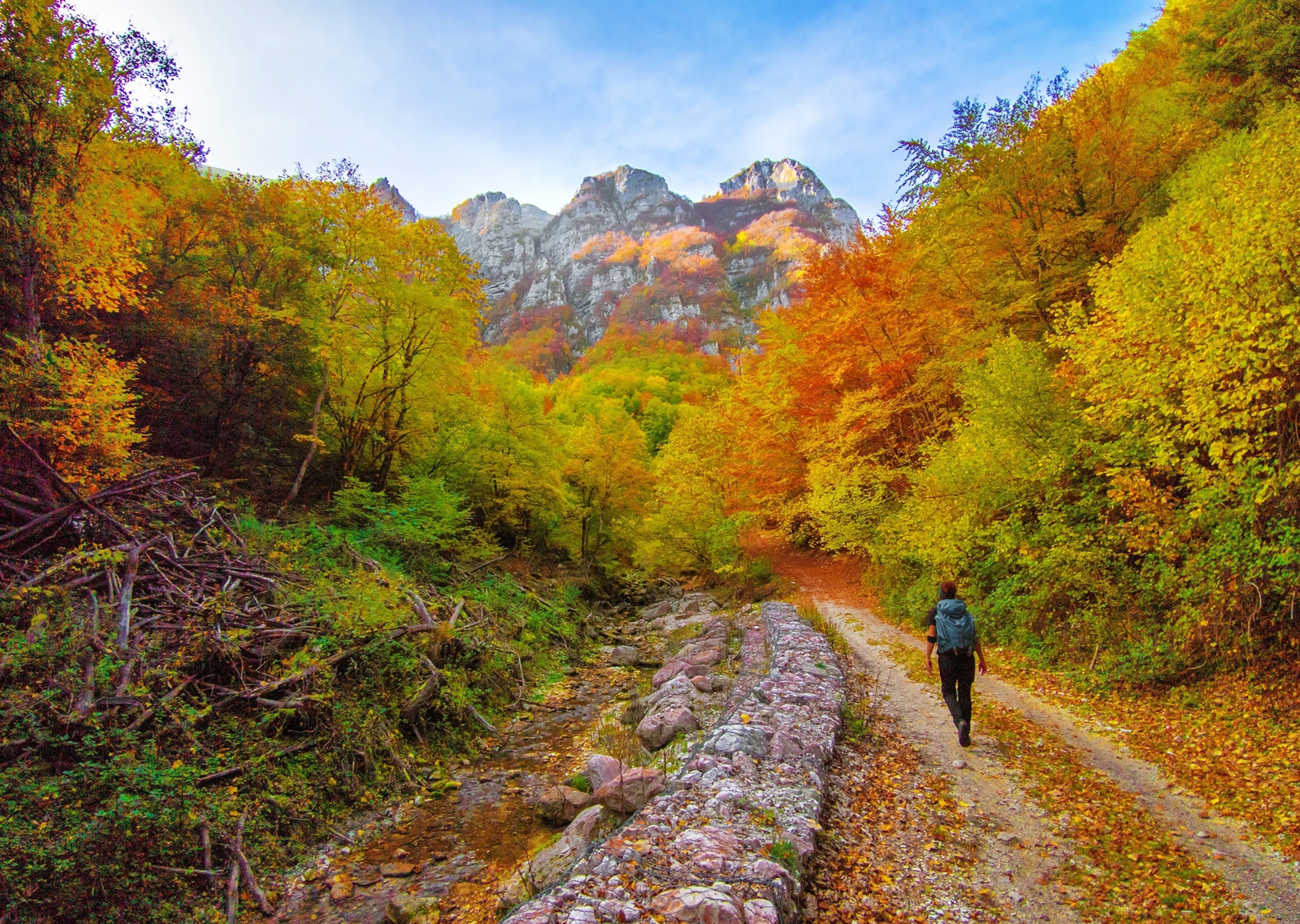
Covering nearly two million acres and straddling Marche and Umbria, Monti Sibillini National Park has some of the highest mountains in the Apennines and offers walks, hikes, mountain biking, and horseback riding. “It’s one of the most delightful yet least discovered areas in the whole of Italy,” says Mark Fayers, who (with wife Sarah Topps) runs The Hideaway, a group of self-catering farmhouse rentals in nearby Amandola. Fayers continues about the park’s natural beauty: “In the spring, wild orchids, narcissi, and peonies provide a stunning carpet up at Maddalena, and in the summer, you can cool off in a crystal-clear stream on a hike through the Gola Dell’Infernaccio” (or Hell’s Gorge, which is much prettier than it sounds).
3. Explore the lesser-known Ascoli Piceno
Although it’s often written off as a little-known provincial city, according to travel writer Valerie Fortney, Ascoli Piceno offers everything—except crowds. “Called ‘the city of a hundred towers,’ it sprouts more than San Gimignano, and this southern Le Marche beauty impresses with its gleaming travertine, art-infused churches, Roman remnants, Renaissance palazzi, and a piazza considered one of Italy's most beautiful,” she says. Ascoli’s historic center has a delightfully lived-in vibe with Caffè Meletti on grand Piazza del Popolo as a must-stop for first-time visitors. “Have a glass of wine and stuzzichini (aperitivo snacks), including the city’s signature olive all’ascolana (deep-fried olives), and enjoy the elegant ambiance and history of the place as you people-watch on the piazza.”
4. Taste Le March’s hearty regional fare
The oak and birch forests of Marche are famous breeding grounds for black and white truffles, which, depending on the time of year, are eagerly hunted by expert truffle hunters and their keen-nosed hounds. “We are fortunate to have many excellent local ‘agriturismi’ (farm stays) where home-cooked delights include locally found truffles,” says Fayers, which are served in various ways, including homemade pasta. Fayers also lists the aforementioned olive all’ascolana as one of the best-known regional specialties. “They originated in Ascoli Piceno, but they’re found throughout the Marche.” He’s also a fan of maialino or pork that is slow-roasted until it’s tender and succulent.
(Related: Travel southwest of Le March to visit Lazio and its must-see sights.)
5. Find Michelin-starred dining in unlikely places
Rib-sticking pasta, meats, and fried olives may be Marche's specialties, but that doesn’t mean you have to venture to Rome or Milan for more sophisticated fare. “Fine dining lovers who are in the know flock to Uliassi, Le Marche's only three-star Michelin restaurant,” says Chantelle Kern, who with her husband Giovanni Dagostino runs The Italian on Tour, a food and wine-focused tour company specializing in the Marche. “It’s also consistently placed year after year in the World’s 50 Best Restaurants circuit, so it’s a real destination dining experience.”
Michelin-starred Il Tiglio is tucked away in a tiny village in the Sibillini Mountains. “It’s very unassuming when you arrive, but you’ll be surprised and delighted by the beautiful restaurant, delicious tasting menu experience, and professional staff. They serve their homegrown vegetables and herbs and locally sourced meats, game, and truffles.”
6. Bargain shop for Italian shoes and leather goods
If your travel plans include shopping for some authentic ‘Made in Italy’ goods, then you’ve come to the right region. More than half of all shoes made in Italy are crafted in the Marche, with workshops and outlet stores clustered from Civitanova Marche inland to Sant’Elpidio a Mare and Montegranaro. Another recommended place to shop is Tod's & Hogan outlet just off SS77 or Il Castagno Brand Village across the street, where you can find a variety of Italian outlet stores.
7. Discover a quirky Temple and a vast grotto
“One of the most surreal, serene places to visit not just in Italy but also in Europe is the Temple of Valadier,” says Rome-based travel writer Laura Itzkowitz. “It’s a little octagonal chapel built into the mouth of a cave near the larger Frasassi Caves complex. Nearby, you can tour the caves, one of Europe’s largest cave systems, only fully discovered in 1971.” The caves have illuminated pathways and guardrails, but they’re only accessible via guided tours, which last about 75 minutes.
8. Sip an only-in-Marche wine
Made from Montepulciano (and sometimes, Sangiovese) grapes grown only on the slopes of Monte Conero, Rosso Conero is a fruity, aromatic, and tannic-rich red that is only produced in a small corner of Le Marche. Moroder is one of the more historic wineries in the area. Their Dorico Conero Riserva helped put this 200-year-old winery on the modern oenophilic map. The scenic Strada del Vino Rosso Conero (the Rosso Conero Wine Road) connects the wineries of the Conero Riviera.
9. Lounge on a 'Blue Flag' beach
.jpg)
There are 16 beaches on Marche’s coast with the Blue Flag designation, awarded for cleanliness and water quality. The majority are concentrated from the south of Ancona to the border with Abruzzo. The Conero Coast, where Conero Regional Park is home to numerous pristine beaches, some of which can only be reached by hiking or by boat. Outdoor enthusiasts should consider hiking Passo del Lupo, which takes visitors across the entire park. Further south, San Benedetto del Tronto offers a quintessential Italian beach town experience.
(Related: These are the must-see sights of Italy’s Abruzzo region.)
Getting around
Trains originating in Bologna—where mid-sized Guglielmo Marconi Airport is located—stop at all the main towns on the Marche’s Adriatic coastline. Urbino can be reached by car, or via Adriabus bus service from Pesaro. Ascoli Piceno can be reached by a combination of trains and buses from Ancona, though a car is handy for exploring the small towns within and around Monti Sibillini Park.
Where to stay
There are several modest hotels in Urbino’s city center as well as a few fancier ones, like 5-star Palazzo Giusti Suites and Spa, with suites in the restored rooms of a Renaissance palazzo and a spa and pool in the basement level, which still bears traces of Roman ruins. On a cold and rainy day in Urbino, we had a memorable meal of Marche comfort food at La Trattoria del Leone.
Near Amandola and Monti Sibillini National Park, guests of the Hideaway can take in starry skies unpolluted by light pollution, or head to simple restaurants where the food, wine, and clientele are all local.
Ascoli Piceno is a good base for exploring Le Marche, and Albergo Sant’ Emidio is a comfortable mid-range hotel right in the historic center of town and set in a palace from the 1600s. A few blocks away, Palazzo dei Mercanti is a more upscale spa hotel housed in a former convent.
(Related: Head west and plan the ultimate trip to Tuscany.)
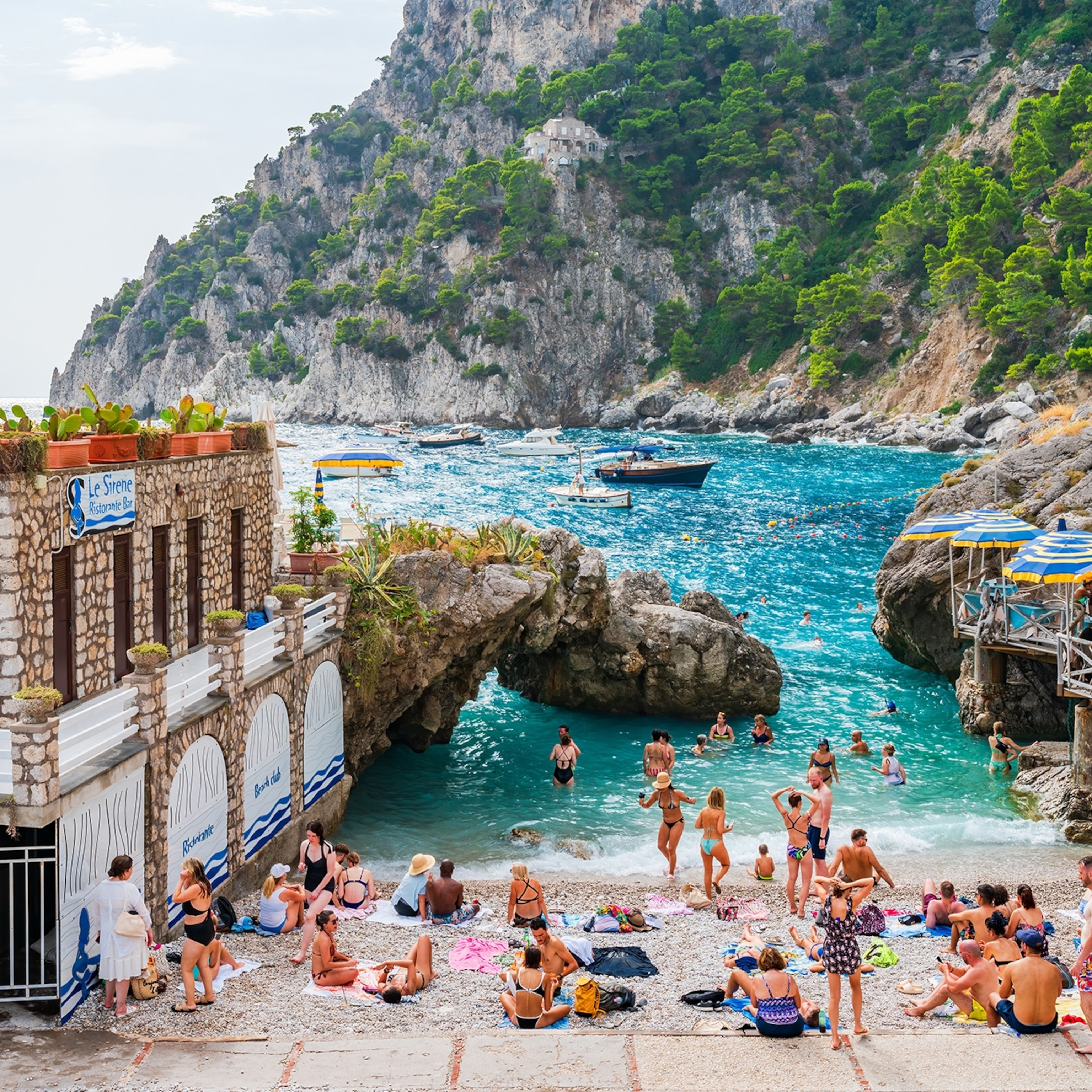
_square.jpg)

